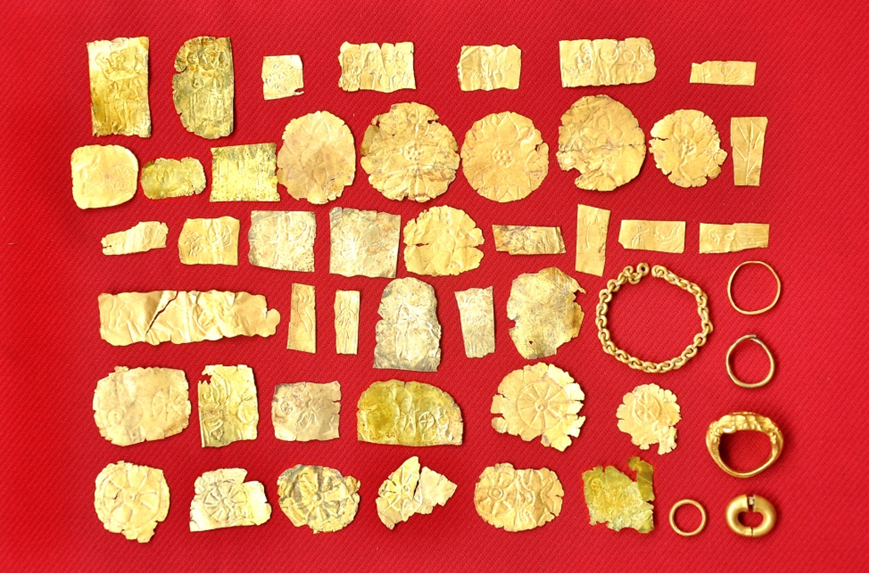 |
49 pieces of jewelry and gold fragments are among the more than 400 gold artifacts dating back to the 3rd to 7th centuries that have been excavated. This is the largest collection of Oc Eo – Go Thap gold artifacts in Vietnam.
The Oc Eo culture existed from the 1st century BC to the 11th century AD. It was first discovered in Oc Eo town, Thoai Son district (formerly), An Giang province. This culture stretched from Southern Vietnam to the Central Highlands, and is associated with the Funan kingdom, one of the earliest and most powerful states in Southeast Asia.
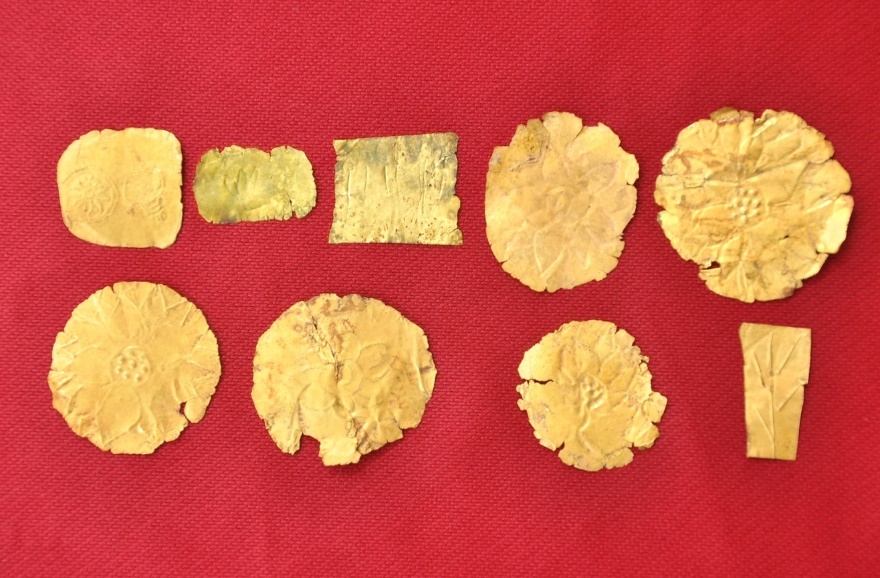 |
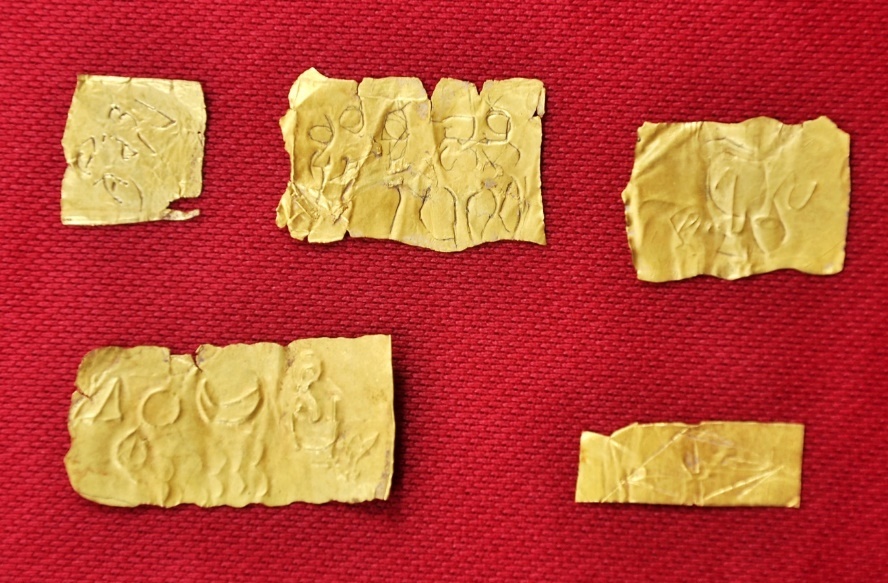 |
Archaeologists have excavated a total of 395 gold leaves, 156 of which are engraved with patterns and inscriptions. The gold leaves are very thin, ranging from 0.3 to 6.2 cm in length and 0.3 to 3.7 cm in width. The circular pieces have diameters from 1.1 to 3.7 cm.
The engravings on the gold leaves depict people, animals, mythical creatures, plants, objects, and written characters.
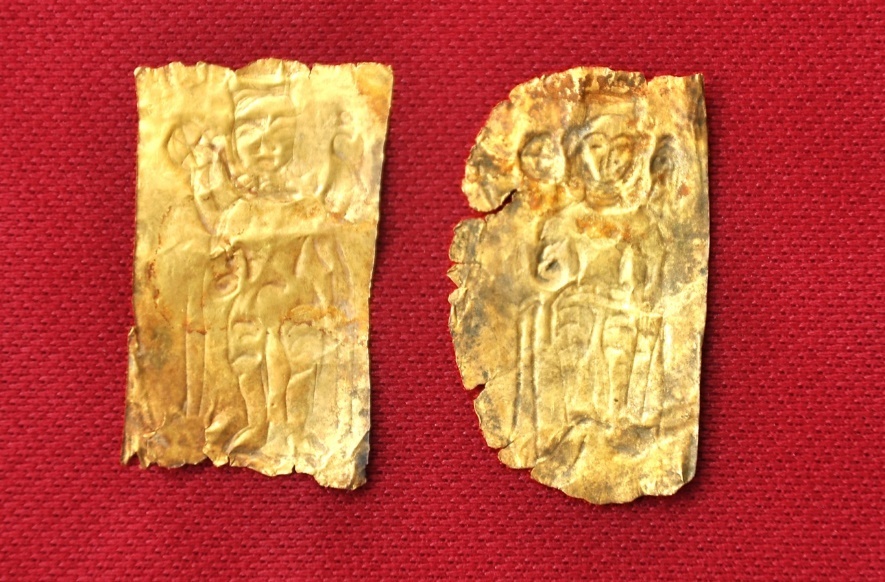 |
Two gold leaves depict the god Vishnu in various poses. They date back to the 3rd to 4th centuries and weigh 3.1 phan (a traditional Vietnamese unit of weight).
Le Dinh Lang, director of the Go Thap Relic Site Management Board, said the excavated artifacts are unique and hold significant scientific, historical, and cultural value. The engravings on the gold leaves are evidence of the cultural exchange and adaptation of Indian culture at Go Thap in particular and the Oc Eo culture in general.
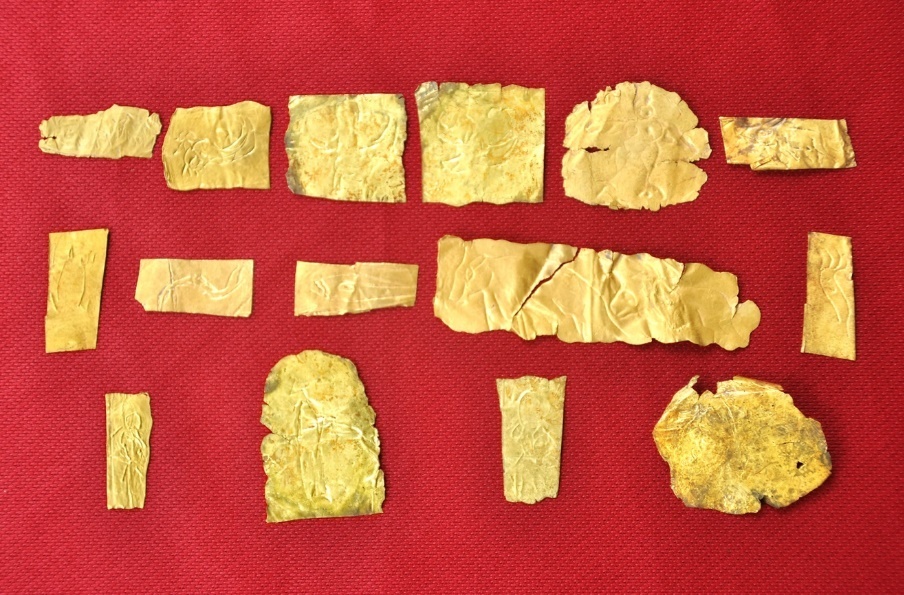 |
The gold leaves are engraved with images of elephants, roosters, the mythical bird Garuda, the serpent Shesha, the turtle Kurma, the Matcha fish, the divine bull Nandin, the boar Vahara, and the conch Sankha.
The engravings, with simple patterns and refined lines, yet rich in form, vividly depict various mythical creatures and animals in different poses.
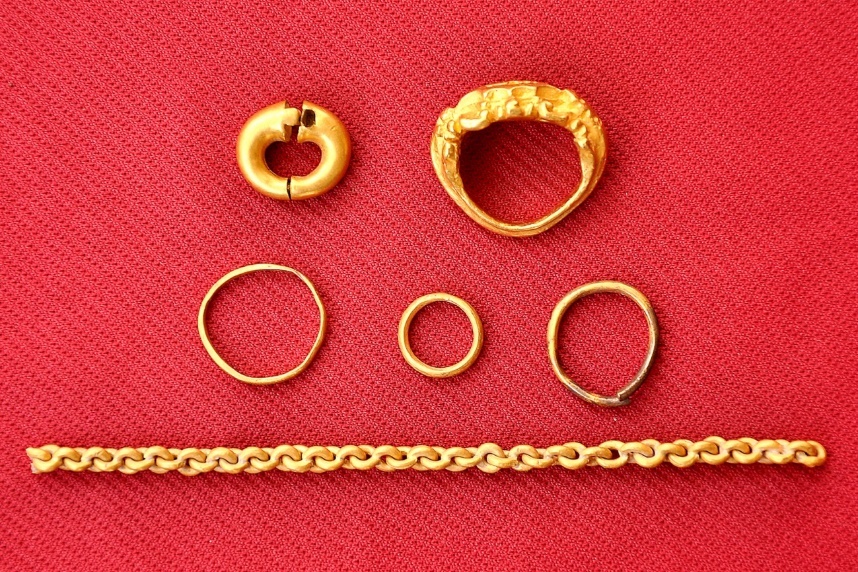 |
The gold jewelry collection includes an earring with a diameter of 2.2 cm and a weight of 2 chi (a traditional Vietnamese unit of weight). It has a clasp, is flat and round, and has no decorative patterns. There are also four gold rings weighing from 0.32 to 5.8 chi and a gold chain 11.7 cm long, made of 28 figure-eight links, similar to modern gold chains.
These artifacts date back to the 5th to 7th centuries. Their simple and elegant designs reflect the high skill and artistry of the Oc Eo goldsmiths.
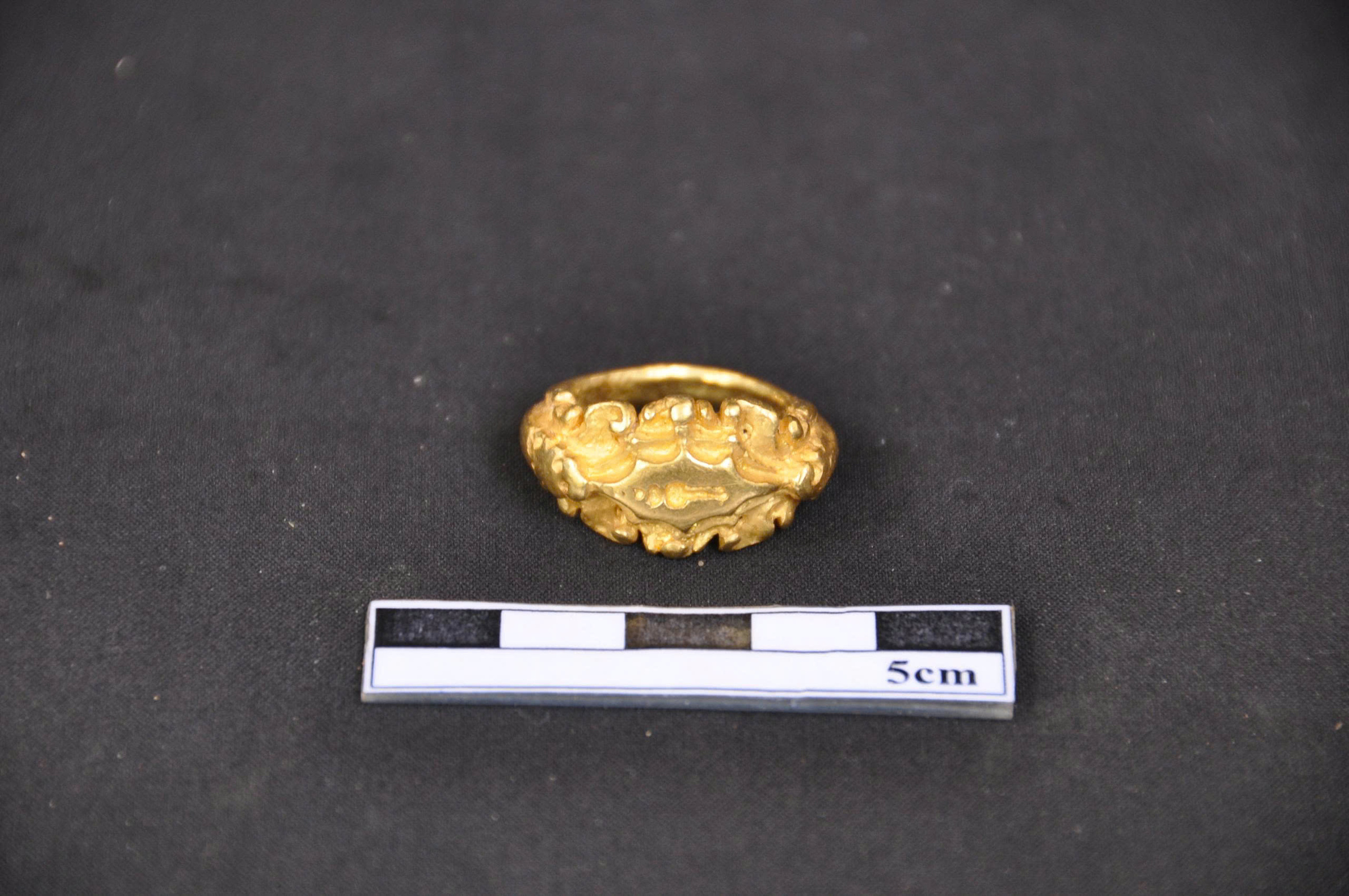 |
The heaviest ring in the collection, at 5.8 chi, is a solid round ring. The center of the ring is engraved with an image of the Sankha conch, a symbol held by the god Vishnu (Hinduism).
This artifact was found during the 2009 excavation at the Go Minh Su architectural relic site.
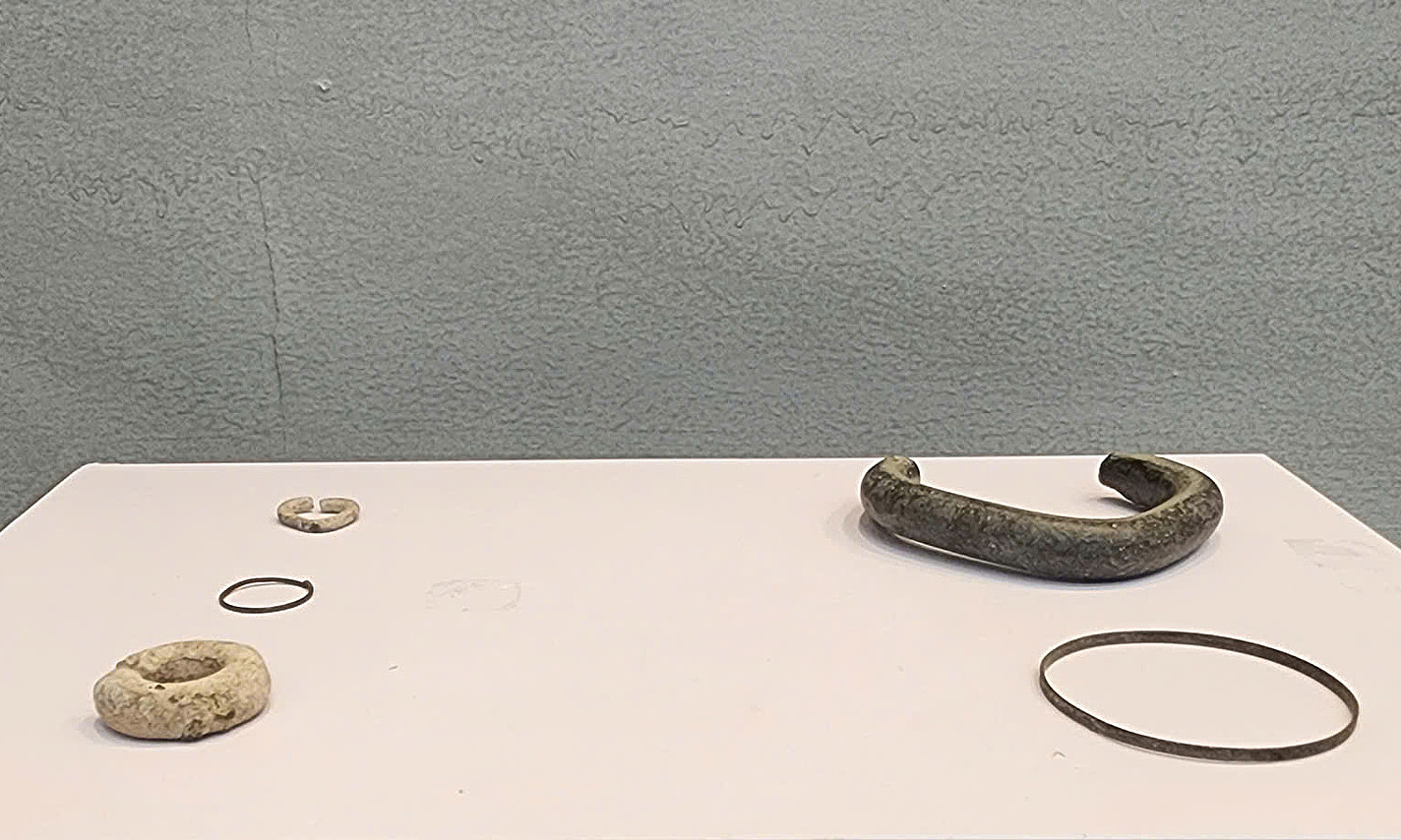 |
In addition to gold jewelry, the archaeological work at the Go Thap relic site has also unearthed other jewelry made of metal and beads.
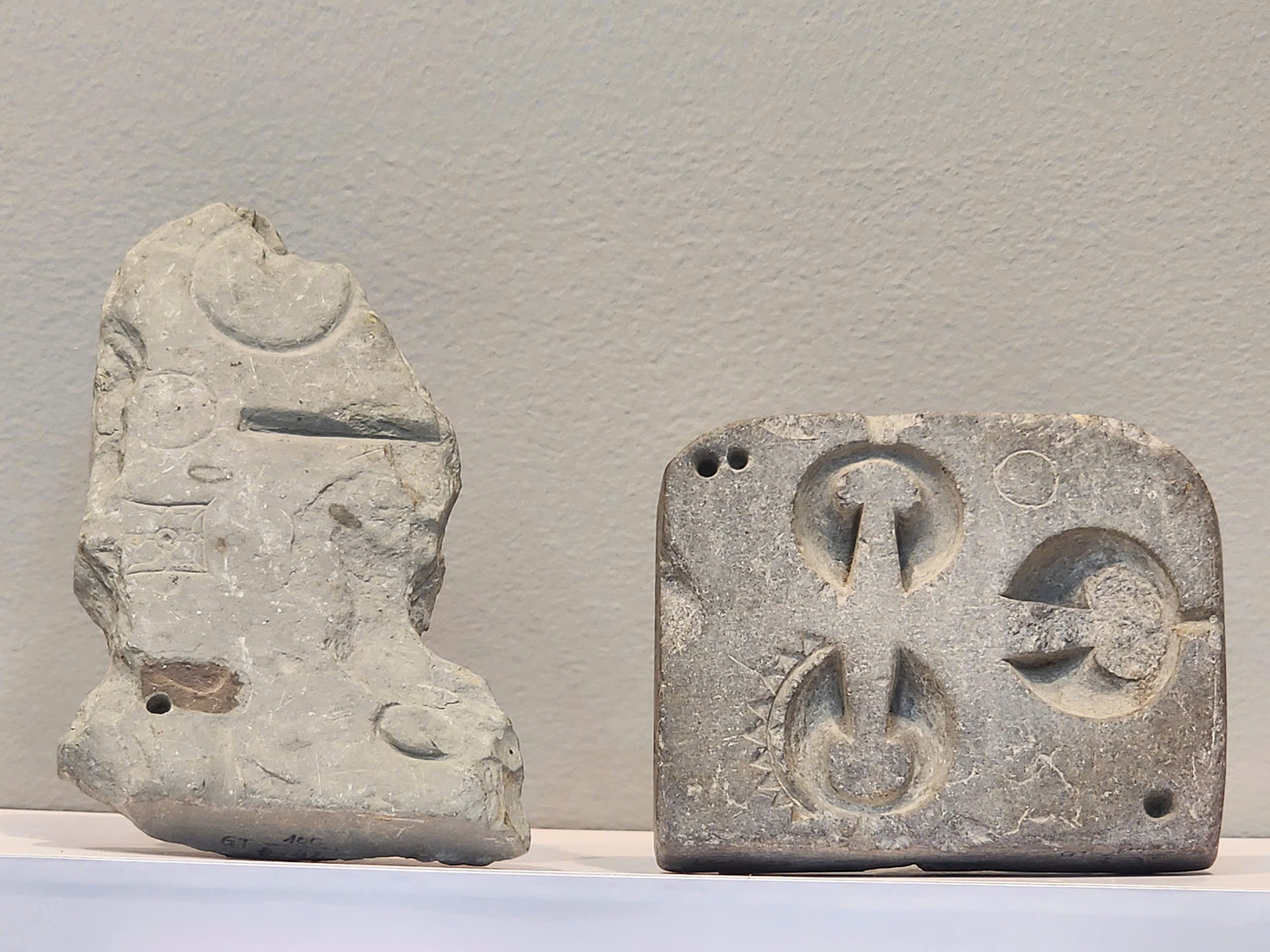 |
Stone molds used for making jewelry, dating back to the 5th-7th centuries, were found at Go Thap.
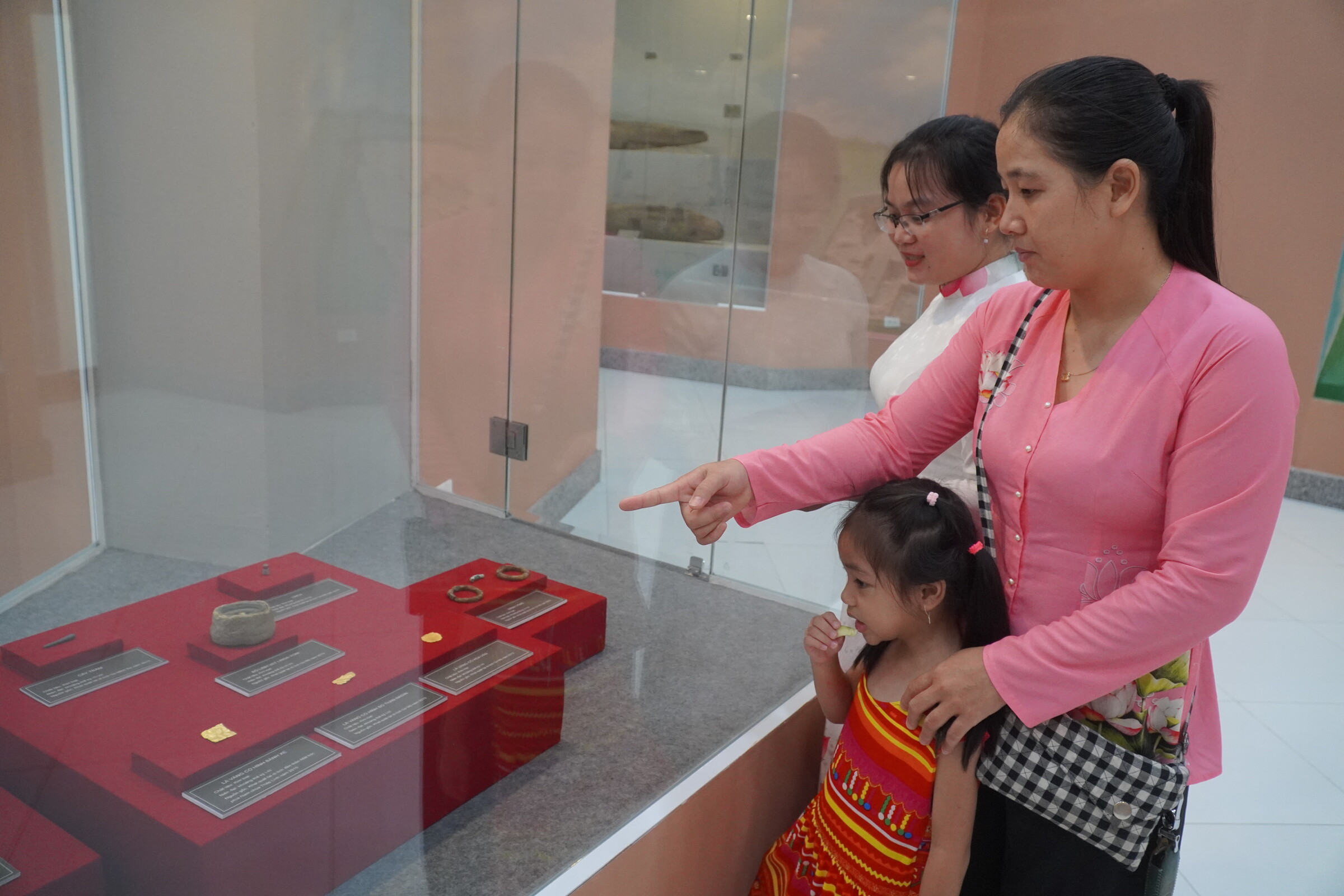 |
Three of the 49 gold artifacts are currently on display at the Southern Party Committee Exhibition House and Oc Eo Culture Museum, which opened in 2024. The rest are kept at the Dong Thap Museum.
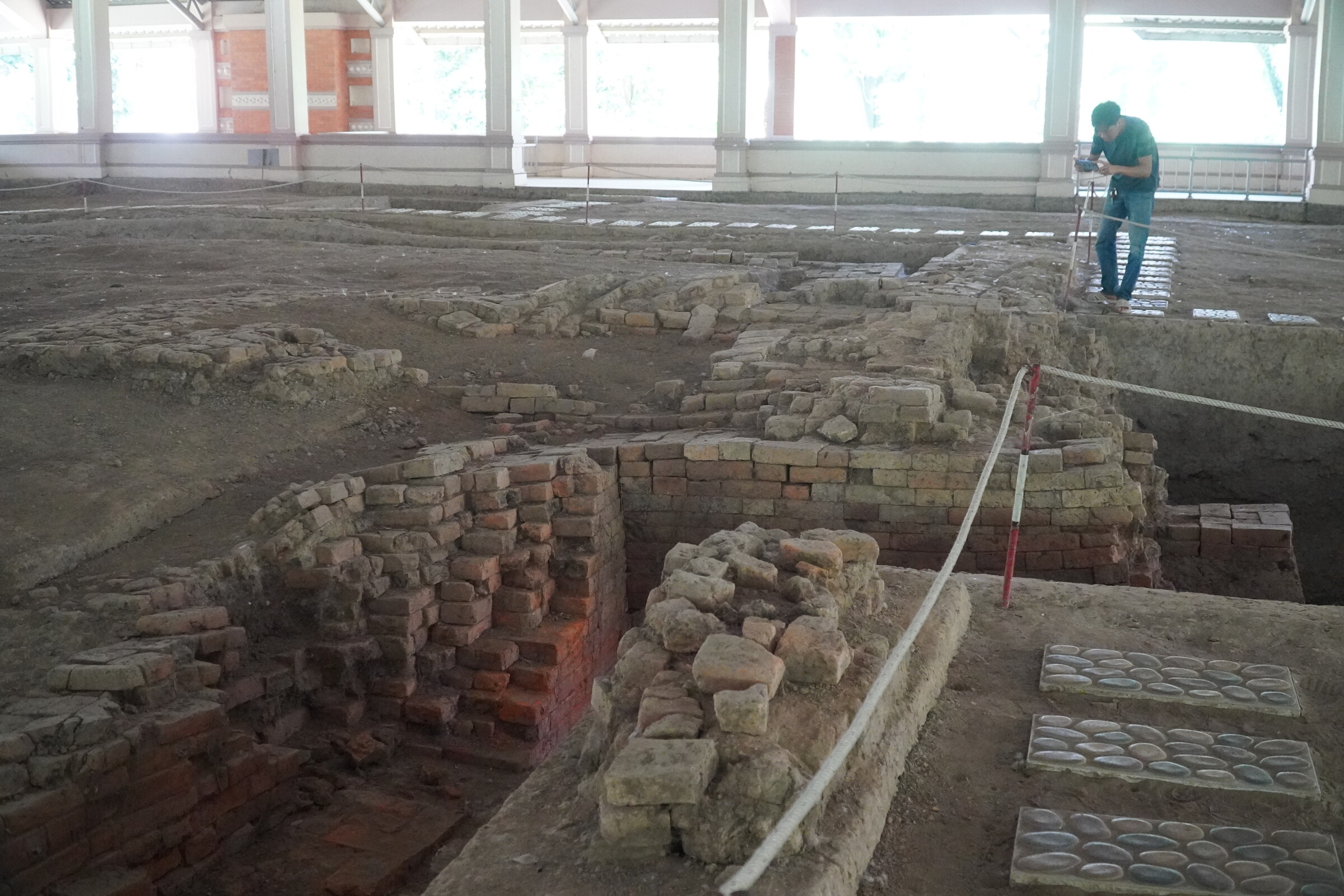 |
The Go Minh Su relic site, the second largest mound in the complex, covers 4,000 m2. It was first discovered in 1984 and excavated in 2019. The brick structure consists of two square blocks joined together, a corridor, and a sacred water channel. A roof has been built over the temple to facilitate research and visits.
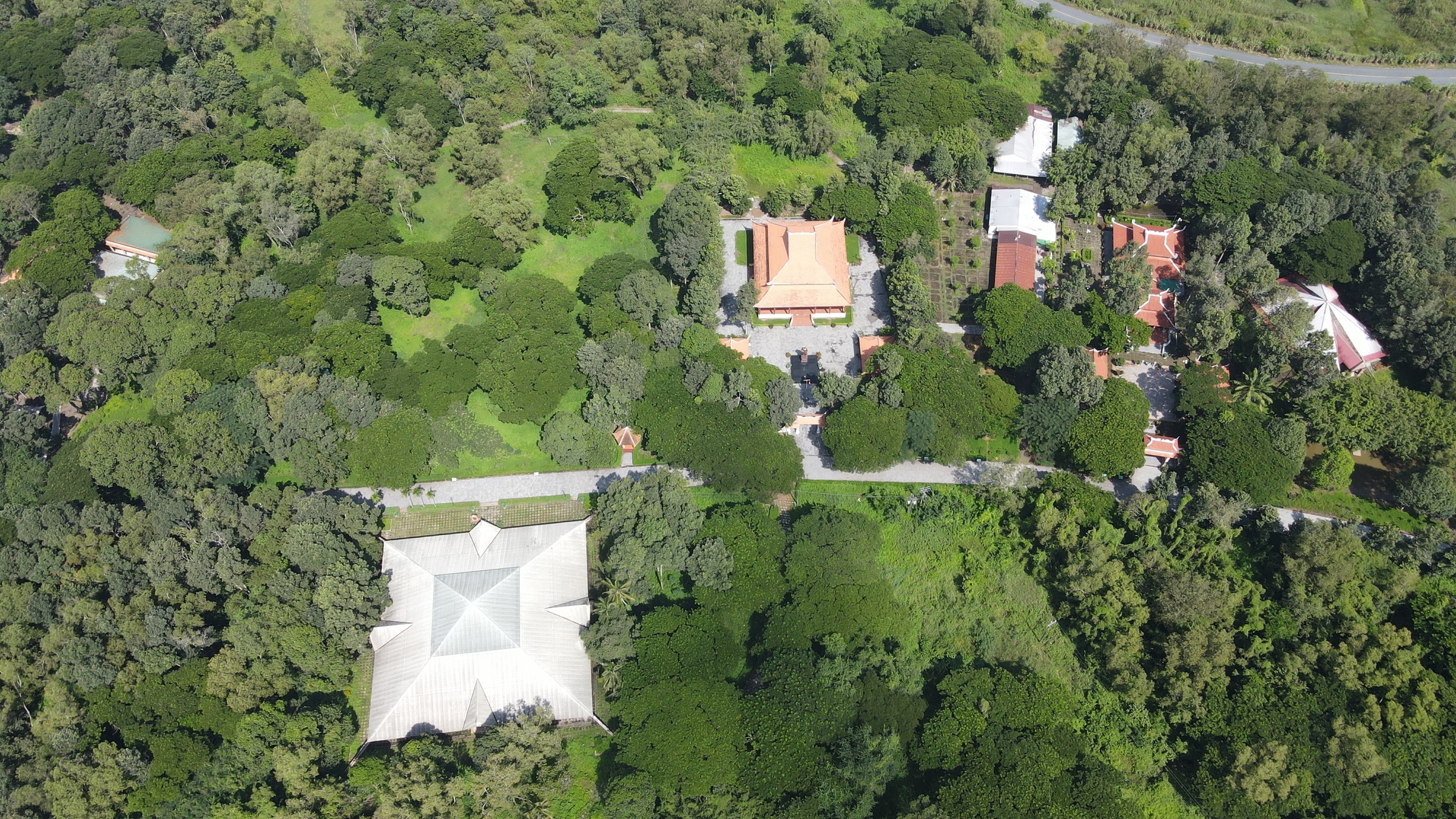 |
The Go Thap relic site, also known as Prasat Pream Loven, covers nearly 290 hectares and is located in Doc Binh Kieu commune, Thap Muoi district (formerly). In the early 20th century, French archaeologists from the Ecole Française d'Extreme-Orient, such as H. Parmentier, J. Y Chalys, and L. Malleret, surveyed the site and found traces of ancient architecture, statues, sculptures, and ancient inscriptions.
After 1975, Vietnamese archaeologists continued the work, discovering most of the gold artifacts in several excavations from 1984 to 2016.
Ngoc Tai
Photo: Dong Thap Museum












